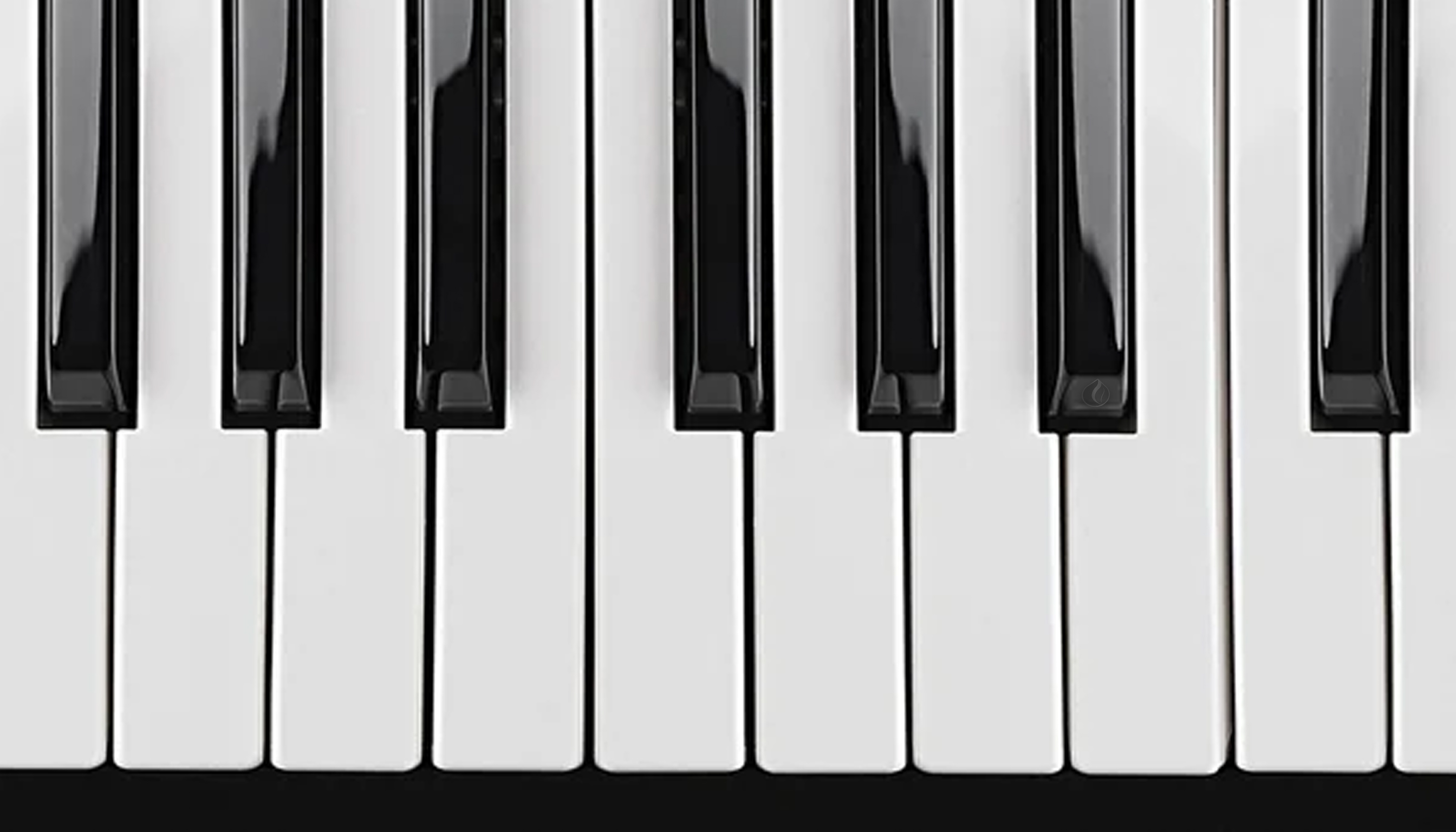
"Does Absolute Pitch Really Exist? That Depends on Where You Live and When You Were Born."
With this intriguing claim, Gerben Makkes van der Deijl began his lecture in November 2024. Absolute pitch is a fascinating phenomenon that has captured people’s imagination for centuries. But what exactly does it mean, how does it develop, and how unique is this ability?
In this blog, we delve into the world of absolute pitch and explore why this topic is not only interesting for musicians but also for scientists and music enthusiasts.
What Is Absolute Pitch?
Absolute pitch is the ability to name or sing a note exactly, without any external reference. People with this skill can, for example, immediately identify a random note as an “A” or “G#” without using a tuning fork or other aid. Additionally, they can instantly identify the key of a piece of music, describe everyday sounds like the hum of a refrigerator in musical terms, and hear when an instrument is out of tune. Despite its extraordinary nature, absolute pitch is extremely rare, occurring in only about 1 in 10,000 people.
The History of Pitch: Why When You Were Born Matters
What is now considered the standard – A1 = 440 Hz – was only adopted globally in the mid-20th century. Before that, the standard pitch varied greatly depending on region and era. Around 1800, A1 = 423 Hz was common, and Baroque music is often performed at a tuning of approximately A1 = 435 Hz, which creates a softer sound. Modern orchestras often tune slightly higher, such as A1 = 442 Hz, to produce a brighter sound in large concert halls.
In the past, pitch was often determined locally, usually by the church organ. This worked well as long as musicians stayed within one region. However, problems arose when instruments such as trumpets and string instruments were transported to other cities. A trumpet that sounded perfect in City A might not align with the organ in City B. The introduction of the tuning fork brought some uniformity, but even then, it took decades for A1 = 440 Hz to become the international standard. Interestingly, people with absolute pitch in the 18th century had a reference pitch that was different from today’s standard. This shows that absolute pitch is both time- and location-dependent.
How Do We Know This?
The pitches and tunings used in the past are difficult to reconstruct, especially since many instruments, like string instruments, are sensitive to factors such as temperature, humidity, and wear. Strings lose tension over time, making it nearly impossible to restore the original pitch accurately. As a result, historical string instruments offer limited insight into the exact tunings of their time.
Church organs, however, provide a different perspective. Church organs, which played a central role in the musical culture of the time, are remarkably stable in terms of tuning. They are minimally affected by external factors like cold, humidity, or heat because they are firmly built and usually kept in relatively constant conditions. This makes them “tuning-stable” and a reliable indicator of the pitches used in their era.
Fun Fact:
Many historic church organs from the 17th and 18th centuries still exist in their original state and are often restored without altering their original pitch. This allows musicologists and historians to determine the tunings used in specific regions with great accuracy.
What Can We Learn From Historical Wind Instruments?
In addition to church organs, wind instruments from the period also provide valuable clues about historical tunings. Wind instruments like trumpets and flutes have fixed pitches and cannot, like a violin or singing voice, be easily adjusted to match other tunings. This makes them important for studying the pitch standards of the past.
Did You Know:
Mathematical models developed by musicologists allow measurements of historical wind instruments to be compared with the pitches of church organs. This provides a detailed picture of how pitch standards varied across time and location.
Can Absolute Pitch Be Learned?
Research suggests that early training plays a crucial role in developing absolute pitch. Children between the ages of 3 and 8 are most likely to develop this skill, especially if they are regularly exposed to music. Early musical training, such as learning to play an instrument, is essential. Additionally, children raised in a musical environment, such as in families where music plays a central role, have a greater chance of developing absolute pitch. Just as young children easily learn a second language through repetition and practice, they can develop musical hearing through frequent exposure and training.
How Does Absolute Pitch Work?
Absolute pitch relies not only on hearing but also on memory processes. Research from the University of Zurich shows that two brain regions are involved: the auditory area, responsible for processing sounds, and memory, which stores the reference pitch. However, an experiment by the University of Chicago demonstrated that even people with absolute pitch can be fooled. In the test, participants heard a musical piece where the pitch gradually dropped. When they subsequently heard a correctly tuned piece, they perceived it as out of tune. This proves that absolute pitch is not entirely fixed and can be influenced.
Relative Pitch: The Valuable Alternative
Most people do not have absolute pitch but develop what is known as relative pitch. This is the ability to recognize pitches in relation to a reference. Relative pitch can be trained and is just as practical in everyday musical contexts. Developing relative pitch often involves solfège exercises (ear training), where individuals learn to recognize pitches and intervals. Musicians also learn to identify patterns such as scales and chords and can play melodies from sheet music. Even people with absolute pitch need to train their relative pitch to become fully musically proficient.
Fascinating Facts About Absolute Pitch
Absolute pitch is not always an advantage. People with absolute pitch often struggle with music in a lower tuning, such as Baroque music. For them, a lower frequency can sound confusing or “off.”
People with absolute pitch tend to recognize notes better on their own instrument than on others. For example, a pianist is more likely to identify a “C” on a piano than on a violin.
Absolute pitch is extremely rare, occurring in only 0.01% of the population.
Pure tones without overtones, such as sine waves, are harder to identify even for people with absolute pitch.
Conclusion
Absolute pitch is a rare and fascinating ability that teaches us much about the interplay between hearing, memory, and musical training. While absolute pitch is often seen as an innate skill, evidence shows that early training plays a crucial role. Thanks to Gerben Makkes van der Deijl’s insights, we understand that absolute pitch is not as absolute as it seems but rather a complex interaction of neurological and environmental factors.
Source:
Lecture by Gerben Makkes van der Deijl, November 2024. Gerben was a principal piano instructor at the Groningen Conservatory and co-founder of the Haydn Youth String Orchestra. He is also the father of Marijn Makkes van der Deijl.









